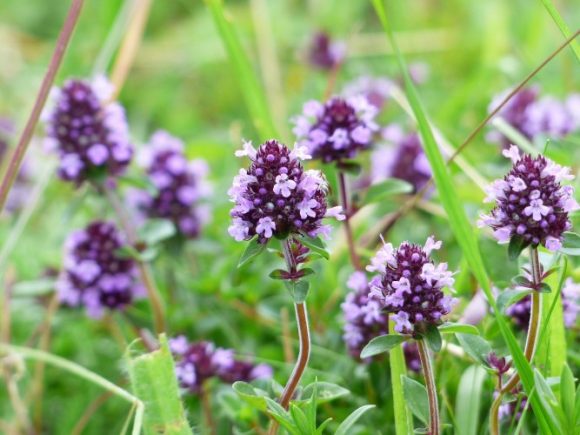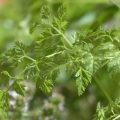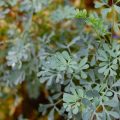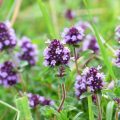- The Miraculous Shiny Bush Plant - January 18, 2021
- Colorful, Edible and Medicinal Celosia - January 10, 2021
- Radish, a Nutritional Power House - December 19, 2020
Thyme or thymus vulgaris is an evergreen, perennial, flowering herb native to the Mediterranean region and belonging to the mint family. The herb is a popular cooking companion and is one of the most used plants in the culinary world.
Thymus vulgaris’ English name, thyme, is borrowed from a Latin word, thymus. This goes back to a Greek word, thymon, which originally meant smoke or spirit. The reference is probably due to the pungent, smoky fragrance of the plant.
Thyme, just like most herbs originating from the Mediterranean region, prefers poor, mildly alkaline, well-drained soils and plenty of sunshine. The herb does not grow in the shade but can withstand windy conditions. It can be grown from seed or cuttings bought from a reputable plant specialist. In the US, thyme thrives in USDA hardiness zones 5 to 9. It can grow in zone 10 but the herb is likely to die off due to heat, so, anyone intending to grow thyme should plant the herb when the weather is more forgiving. Thyme is an interesting plant that thrives when left alone compared to fussing over it.
The herb has been used as a frontline cooking herb alongside other popular culinary plants such as sage and rosemary for years in Europe. Monasteries, the ancient keepers of great culinary herbs and medicinal practices, used thyme regularly in their recipes. In addition, they used the plant as a preservative for foods such as meats.
Thyme has a very sweet aroma, not to mention a pungent, warm taste. The plant’s fragrance is due to the presence of thymol, a volatile oil, which gives thyme its culinary value. It has a distinct flavor that brings a depth of flavor to stews, soups, bakings, and meaty dishes.
The herb flowers from May to August, bringing forth white, pink, and lavender tubular blossoms that attract bees and other pollinating insects. Thyme’s blossoms have a milder taste compared to the leaves, so, if you do not fancy the pungent flavor of its leaves, using flowers is your best bet.
Thyme is commonly used in Italian dishes where it is fondly referred to as “timo”. The plant is so popular that culinary enthusiasts and herbalists say it’s a nearly perfect herb. Thyme’s flowers and leaves are regularly tossed in salads as garnishing, chopped and allowed to steep for flavoring beverages or used alongside other herbs such as garlic, lemon or basil.
Ultimately, the popularity of thyme as a herb of choice in the culinary world shows no signs of slowing down. And there is no better time to get thyme going like now before winter kicks in later in the year when the herb is likely to go dormant. So, how about ordering thyme sprigs from a specialty store or sowing some seeds in your garden?





